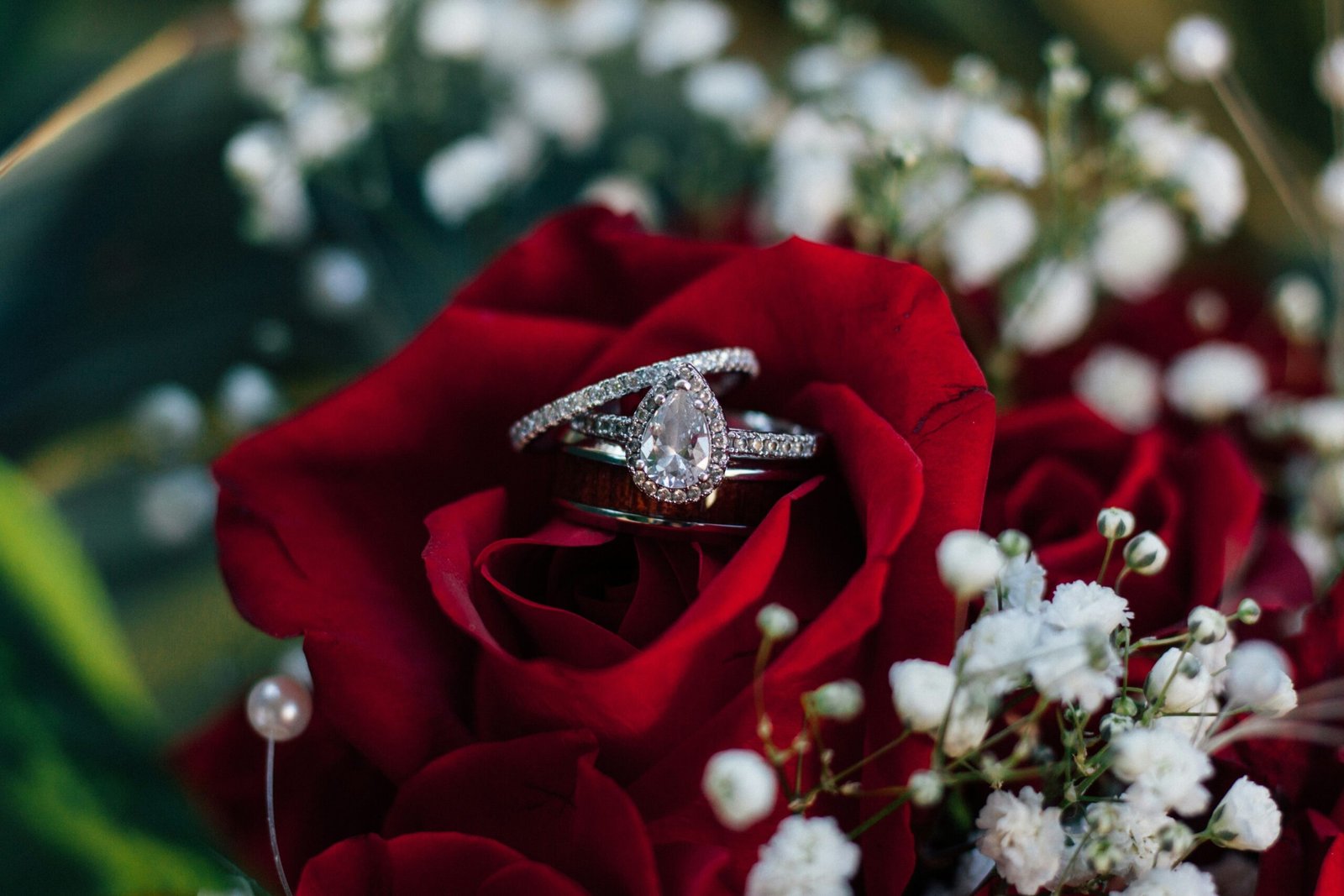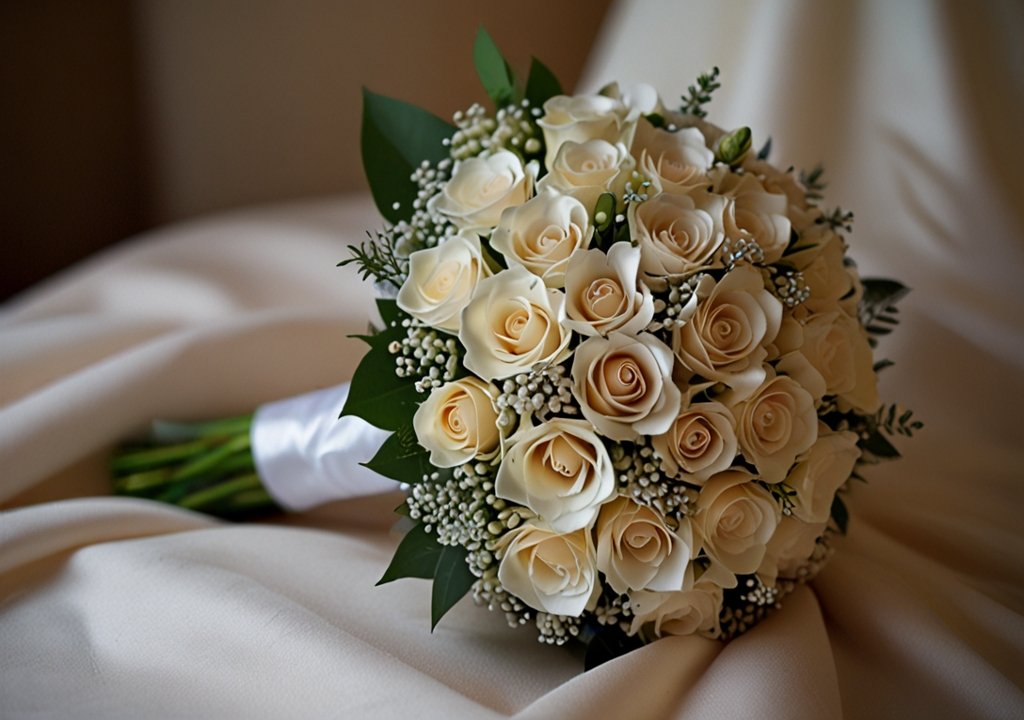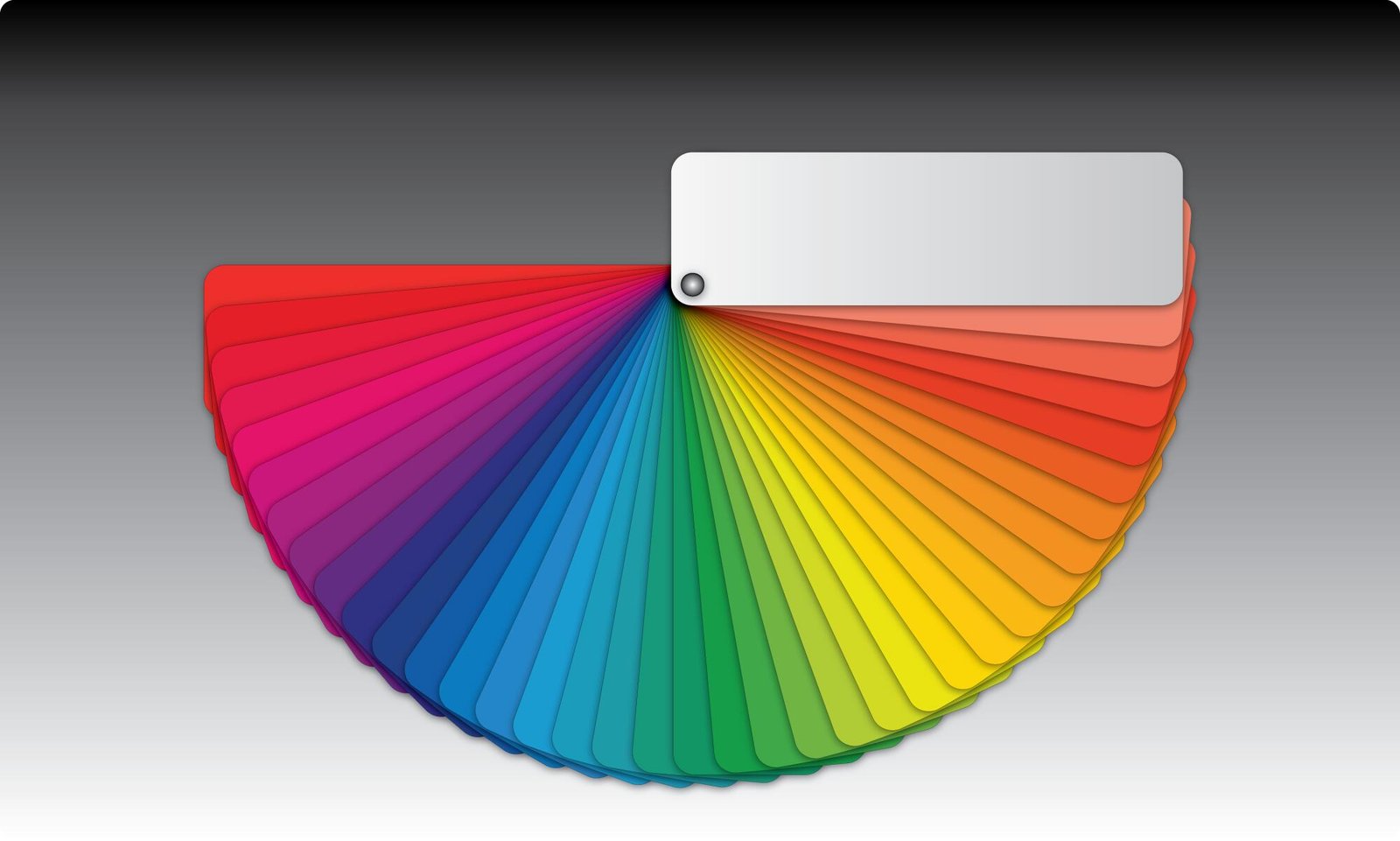Getting engaged is exciting, but choosing the right ring that can withstand daily wear and tear while staying beautiful is crucial for those who lead active lives – whether through sports, outdoor adventures, or hands-on work. What are the best engagement ring styles for active lifestyles?
Low-profile bezel settings with durable metals like platinum or palladium, featuring smaller stones (1 carat or less) in streamlined designs, are ideal for active lifestyles as they minimize the risk of snagging or damage during physical activities.
While this basic guidance is helpful, several specific ring styles and design elements should be considered depending on your particular activities and lifestyle demands. Understanding these options can help you find the perfect balance between durability and aesthetics without compromising on either.
What Specific Ring Settings Are Best For Active People?
The bezel setting is often considered active individuals’ most secure and practical choice. Unlike traditional prong settings, a bezel completely surrounds the diamond or gemstone with a metal rim, providing maximum protection against impacts and snags. This setting style is particularly beneficial for rock climbers, athletes, or anyone who works with their hands.
Channel settings offer another excellent option, where smaller stones are set in a row between two metal channels. This creates a smooth surface that won’t catch on clothing or equipment. Flush settings, where the stone sits completely level with the metal band, provide similar benefits and are especially popular among healthcare workers and those who frequently wear gloves.
How Do Different Metals Compare For Durability In Active Wear?
Platinum stands out as the most durable precious metal for engagement rings, though it comes with a higher price tag. It’s naturally white, incredibly dense, and resistant to both wearing away and tarnishing. This makes it ideal for those who want to avoid regular maintenance or replacement.
Palladium offers similar benefits to platinum at a lower cost, while 14k gold provides a good balance of durability and affordability. Avoid 18k gold if you’re very active, as it’s softer and more prone to scratching. Tungsten and titanium are extremely durable alternatives, though they can’t be resized and may be difficult to remove in emergencies.
What Stone Sizes And Shapes Work Best For High-Activity Lifestyles?
Smaller stones, typically one carat or less, are more practical for active wear as they sit closer to the finger and are less likely to get knocked or caught on things. Additionally, smaller stones typically have lower profiles, reducing the risk of damage during daily activities.
Round and oval cuts are generally considered the most durable due to their lack of sharp corners or points that could chip or snag. Princess cuts, while popular, have vulnerable corners that may require extra protection. Emerald cuts, while elegant, tend to have exposed edges that make them less suitable for active lifestyles unless they’re well-protected by the setting.
What Maintenance Requirements Should Active People Expect?
Even the most durable engagement rings require regular maintenance when exposed to frequent physical activity. Plan for professional cleaning and inspection every 6-12 months, depending on your lifestyle. A jeweler can check for loose stones, worn prongs, or metal fatigue before they become serious issues.
Daily care is also important. Remove your ring during high-impact activities, when using harsh chemicals, or while swimming in chlorinated water. Regular, gentle cleaning at home with mild soap and warm water can help prevent the buildup of lotions, dirt, and debris that could potentially damage the setting or diminish the stone’s brilliance.
When Should You Consider Having A Backup Ring?
Many active individuals choose to have a simple backup ring for situations where wearing their main engagement ring isn’t practical or safe. Silicone rings have become increasingly popular, as they’re inexpensive, comfortable, and break away under extreme pressure to prevent finger injuries.
Alternative metals like titanium or tungsten can also make excellent backup rings, though they should be carefully considered due to their inability to be cut off in emergencies. Some couples even opt for simple gold bands or minimal designs worn during high-activity periods without worrying about damage to expensive stones or settings. A backup ring allows you to preserve your main engagement ring for special occasions while maintaining a symbol of commitment during active pursuits.
Making Your Final Decision
Before making your final engagement ring selection, schedule a consultation with a jeweler specializing in active-lifestyle rings to discuss your daily activities and get personalized recommendations based on your routine. They can show you examples of different settings and metals in person, allowing you to understand better how each option might work with your lifestyle. This hands-on experience will help ensure you choose a ring that looks beautiful and can withstand your active lifestyle for years to come.











